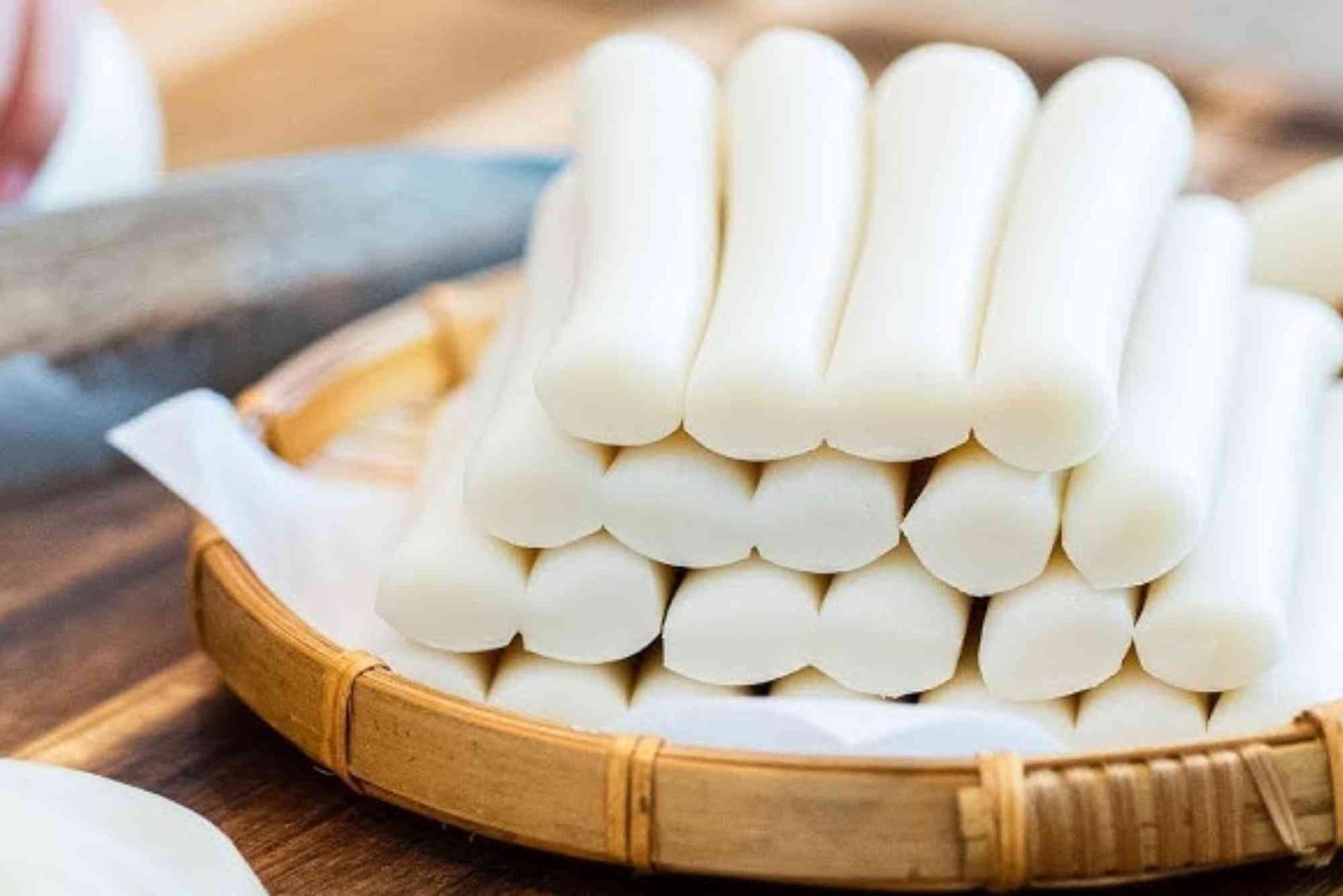Rice Flour Recipes Korean: Traditional & Tasty Ideas to Try
Rice flour is a staple in many Asian kitchens, and Korean cuisine is no exception. From chewy rice cakes to crispy pancakes, Rice Flour Recipes Korean offer a delicious and gluten-free way to enjoy traditional dishes. Whether you’re craving a sweet treat or a savory snack, rice flour brings unique texture and flavor to every meal.
In this guide, you’ll discover authentic recipes, helpful cooking tips, and everything you need to start making Korean rice flour dishes at home.
Why Rice Flour is Essential in Korean Cooking
Rice flour, or ssalgaru (쌀가루) in Korean, plays a significant role in the country’s culinary heritage. Made from finely ground rice, it is often used to make traditional desserts, batters, and even noodles.
Health Benefits of Rice Flour
- Gluten-Free: Ideal for people with gluten sensitivities or celiac disease.
- Easily Digestible: Gentle on the stomach, making it great for all age groups.
- High in Energy: A good source of complex carbohydrates.
Top Korean Rice Flour Recipes to Make at Home
Here are some popular and beginner-friendly Korean dishes you can make using rice flour.
1. Tteok (Korean Rice Cakes)
One of the most famous rice flour recipes Korean households love is Tteok. These chewy rice cakes are used in various dishes and ceremonies.
Ingredients:
- 2 cups sweet rice flour (glutinous rice flour)
- 1/2 cup water
- Pinch of salt
Steps:
- Mix rice flour with water and salt until smooth.
- Steam for 20 minutes in a steamer.
- Knead the dough and shape it into small cakes.
- Serve with red bean paste or soy sauce dipping.
👉 Try other recipe from food & FMCG.
2. Hotteok (Sweet Korean Pancakes)
Hotteok is a popular street food made with a chewy rice flour-based dough and filled with brown sugar, cinnamon, and nuts.
Ingredients:
- 1 cup all-purpose flour
- 1 cup rice flour
- 2 tbsp sugar
- 1 tsp yeast
- Filling: Brown sugar, chopped walnuts, cinnamon
Steps:
- Mix dry ingredients and add warm water to form a dough.
- Let it rise for an hour.
- Divide, fill, and flatten into small pancakes.
- Fry on both sides until golden.
🍯 Hotteok is best enjoyed warm with tea!
3. Buchimgae (Korean Pancakes)
This savory pancake made from rice flour and vegetables is crispy and flavorful — perfect for lunch or a quick appetizer.
Ingredients:
- 1/2 cup rice flour
- 1/2 cup all-purpose flour
- Water
- Chopped vegetables (zucchini, carrots, scallions)
Steps:
- Mix flours and water into a thick batter.
- Add vegetables and stir.
- Pan-fry in oil until crispy on both sides.
💡 Dip in a mix of soy sauce, vinegar, and chili flakes for a zesty twist.
4. Injeolmi (Sweet Rice Cake with Roasted Soybean Powder)
Injeolmi is another classic Korean rice cake with a soft texture and nutty flavor.
Ingredients:
- 2 cups sweet rice flour
- 1 cup water
- Roasted soybean flour (kinako)
- Sugar, salt
Steps:
- Steam the rice flour and water mixture.
- Knead the dough until smooth and elastic.
- Cut into cubes and roll in roasted soybean powder.
🥄 This treat is chewy, mildly sweet, and perfect with coffee.
5. Korean Rice Flour Donuts (Chapssal Donuts)
These chewy donuts are crispy on the outside and soft on the inside, often filled with red bean paste.
Ingredients:
- 2 cups glutinous rice flour
- 1/2 cup sugar
- 1 tsp baking powder
- Water
- Filling: Sweet red bean paste
Steps:
- Mix all ingredients into a smooth dough.
- Form balls and fill with red bean paste.
- Deep-fry until golden brown.
🎉 A fun snack for kids and adults alike!
Cooking Tips for Rice Flour in Korean Dishes
Use the Right Type of Rice Flour
- Glutinous rice flour (chapssalgaru): For chewy textures like mochi or donuts.
- Regular rice flour (maepssalgaru): For pancakes or batters.
Steam, Fry, or Pan-Cook
Rice flour adapts well to different cooking methods. Steam for softness, pan-fry for crispness, or deep-fry for crunchy snacks.
Pair With Traditional Korean Flavors
Use soy sauce, gochujang (red chili paste), sesame oil, and scallions to stay authentic.
Frequently Asked Questions (FAQs)
What can I make with Korean rice flour?
You can make rice cakes (tteok), pancakes (buchimgae), donuts, dumplings, and noodles using Korean rice flour.
Is rice flour gluten-free?
Yes, rice flour is naturally gluten-free and is suitable for people with gluten sensitivity.
What is the difference between rice flour and glutinous rice flour?
Glutinous rice flour is made from sticky rice and gives a chewy texture, while regular rice flour is less sticky and more crumbly.
Can I substitute rice flour for wheat flour?
For some recipes like pancakes or frying batters, yes. But for bread or cakes, results may vary.
Where can I buy Korean rice flour?
You can find it in Asian grocery stores or online marketplaces like H Mart or Amazon.
Conclusion: Try a Korean Recipe with Rice Flour Today!
Whether you’re new to Korean cooking or looking for gluten-free options, these Rice Flour Recipes Korean style offer a world of delicious opportunities. From the chewy comfort of Tteok to the crispy delight of Hotteok, rice flour makes it easy to explore traditional Korean dishes at home.
Ready to try a new recipe? Pick one from the list, gather your ingredients, and dive into the flavorful world of Korean cooking.
🧑🍳 If you enjoyed this guide, share it with fellow food lovers or bookmark it for your next kitchen adventure and subscribe for our latest blogs.




